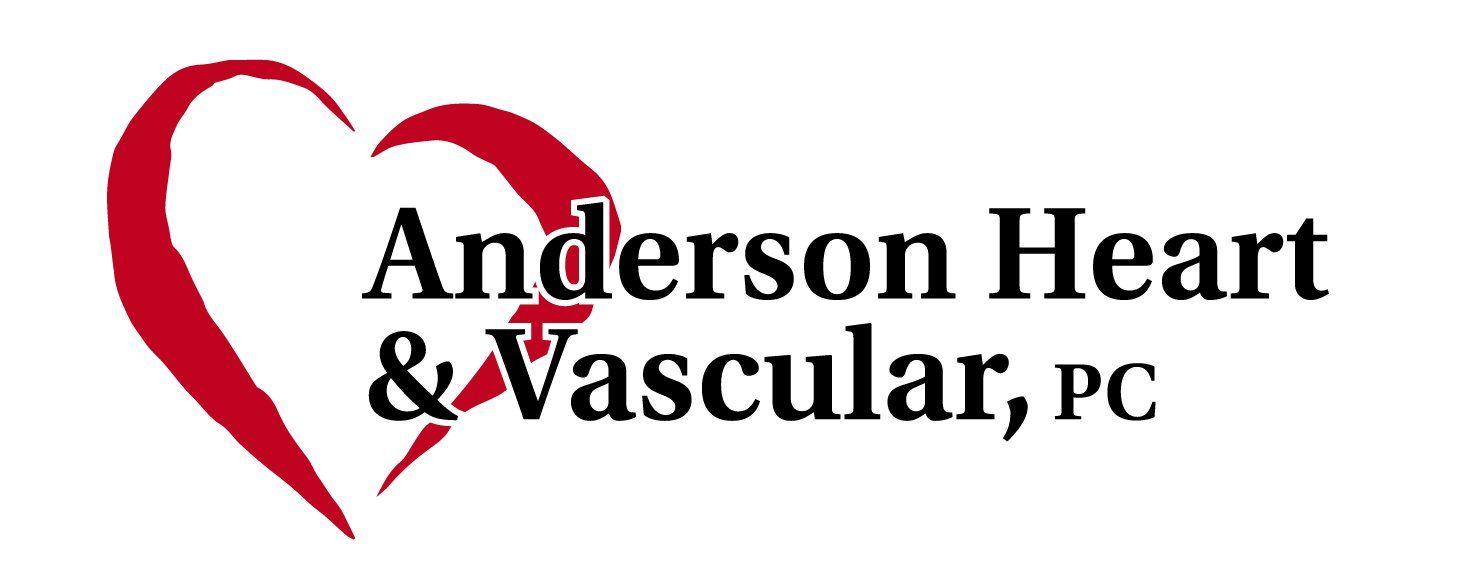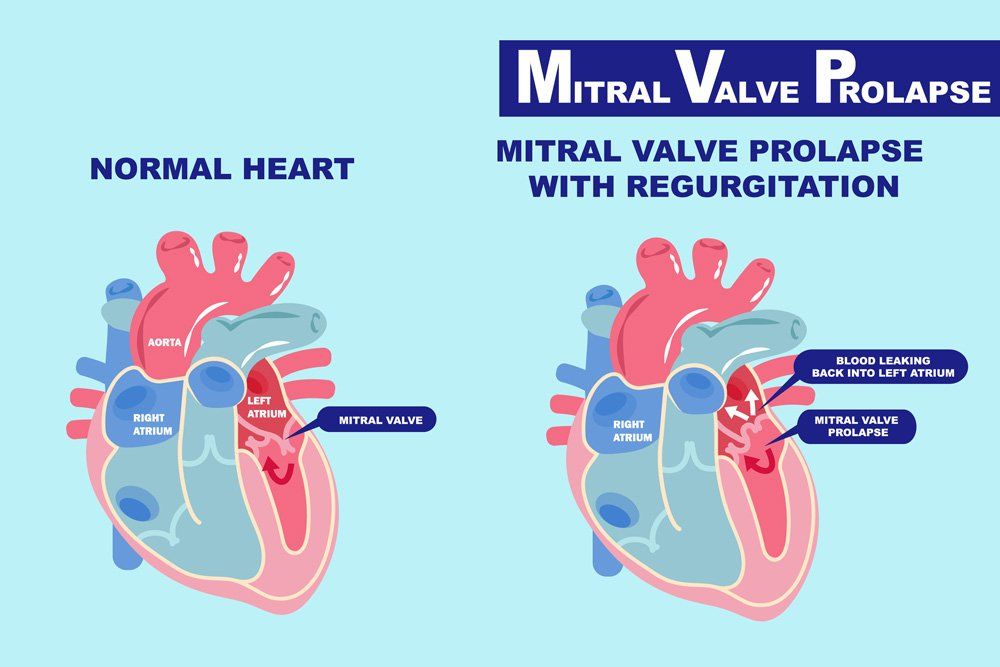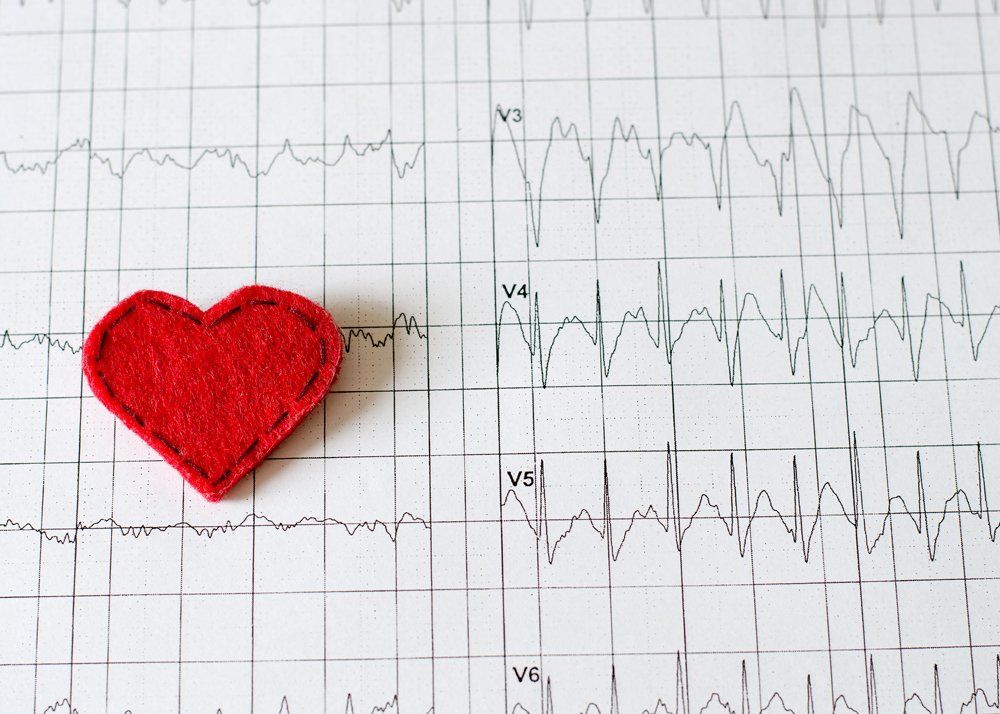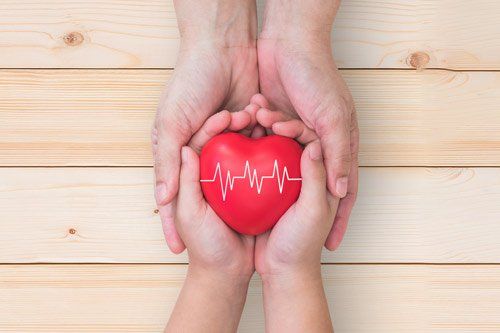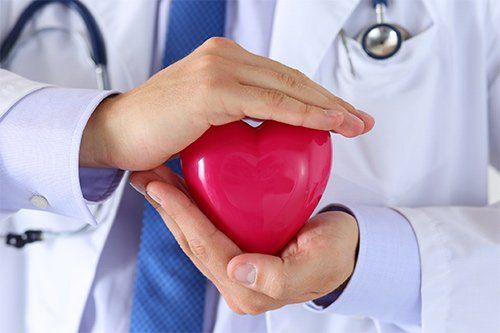Men Under 30: Why Do You Feel Chest Pain and Short-Winded During Exercise?
- By Admin
- •
- 20 Jul, 2017
- •

If you're in your early 30s, you might not expect to feel chest pain or short-winded when you exercise. As a relatively young individual, these symptoms may frighten or even alarm you. Your symptoms may be caused by coronary artery disease (CAD).
Coronary artery disease isn't something that only happens to women and older individuals. The disease is a silent threat to younger men as well. But unlike women and older individuals, younger men may not expect CAD to affect them at all. Many men in their 30s and 40s ignore the signs of coronary artery disease until it's too late.
The following information reveals more about CAD in younger men and how you can overcome it.
What's Coronary Artery Disease?
Coronary heart disease develops when the arteries in your heart narrow and clog up with cholesterol, fat and other substances. This is called atherosclerosis. The clogs block the flow of blood to your heart over time, which prevents your heart from receiving oxygenated blood.
Although arteries travel throughout your body, your heart depends on three main vessels to function properly: the aorta, the right coronary artery and the left coronary artery. The largest of the three blood vessels, the aorta ensures the right and left arteries receive oxygenated blood.
Due to their age, older men potentially develop atherosclerosis in multiple arteries. Up to 60 percent of younger men experience atherosclerosis in one artery. The clogs in your artery lead to many different symptoms, including shortness of breath and angina, a type of chest pain. Some men become tired or fatigued as well.
The symptoms can be worse when you become physically active, such as when you run, lift weights or swim. The activities force your weakened heart to pump harder than it can safely do so. Your heart struggles to receive blood as well as pump blood to various organs of your body, including your lungs.
Without treatment, your symptoms worsen instead of better.
How Do You Diagnose This Condition?
A cardiologist will need to perform different tests on you to diagnose your condition properly. Some cardiovascular conditions can cause similar symptoms as CAD, including heart valve damage. It's crucial that a doctor find out what's really going on with your heart.
One of the tests you might undergo is a nuclear stress test. A nuclear stress test examines how well your heart receives blood at rest and when you become active. If your heart doesn't receive sufficient blood during both test modes, a cardiologist may also perform an echocardiogram.
An echocardiogram allows a doctor to examine the valves and other tissues in your heart. If your heart isn't receiving enough blood, it could be due to faulty or weak valves. Valves should open and close to allow blood to pass through blood vessels. However, weakened valves can't open or close properly.
If the echocardiogram doesn't reveal anything wrong with your valves, a cardiologist may perform additional tests on your arteries. The type of tests you undergo depend on the doctor you see. If you have concerns about your tests, be sure to discuss them with a heart specialist right away.
After your exam, refrain from any strenuous or stressful activities until a heart doctor prescribes your treatment. If you place too much strain on your heart or its arteries, you may experience a heart attack. The symptoms of a heart attack may include pain or pressure in your chest, nausea and jaw pain. If you have any of these symptoms, seek emergency care immediately.
To find out more about your symptoms, contact the heart specialists at Anderson Heart & Vascular, PC today.
